Key info
Visiting guide
Open 24 / 7
Free entry
Free car parking (lay-by)
History of Delph Locks
1776 – Acts of Parliament were passed for the construction of the Dudley Canal and Stourbridge Canal. Both waterways were proposed as a means to transport raw materials from Dudley to Stourbridge and compete with the Birmingham Canal, which had connections to the River Severn, Trent, and Mersey via the Staffordshire & Worcestershire Canal.
1779 – Construction of the Delph Locks is completed. It originally consisted of nine locks, which dropped the Dudley Canal 85 ft to the Stourbridge Canal. Trading on both canals starts.
1845 – The Dudley Canal amalgamates with the Birmingham Canal Navigations amid rising competition from the railways.
1854 – A programme of improvements to the canal network is authorised following the success of extensions built since the 1840s. It was decided to replace the Delph Locks with a new flight.
1858 – The new lock flight is complete. It includes the original top and bottom locks plus six new locks in the middle thus reducing the flight from nine to eight locks. The new locks were constructed alongside the original flight, which became derelict [1].
1950s – Decades of decline in traffic and investment renders the Dudley and Stourbridge canals unnavigable [2].
1959 – The Inland Waterways Protection Society submits a case to restore the Dudley and Stourbridge Canals [3].
1964 – The British Waterways Board and the Staffordshire & Worcestershire Canal Society agrees to work on restoring both canals including the Delph Locks.
1967 – Restoration of the Delph Locks is complete and they are opened to traffic once again.

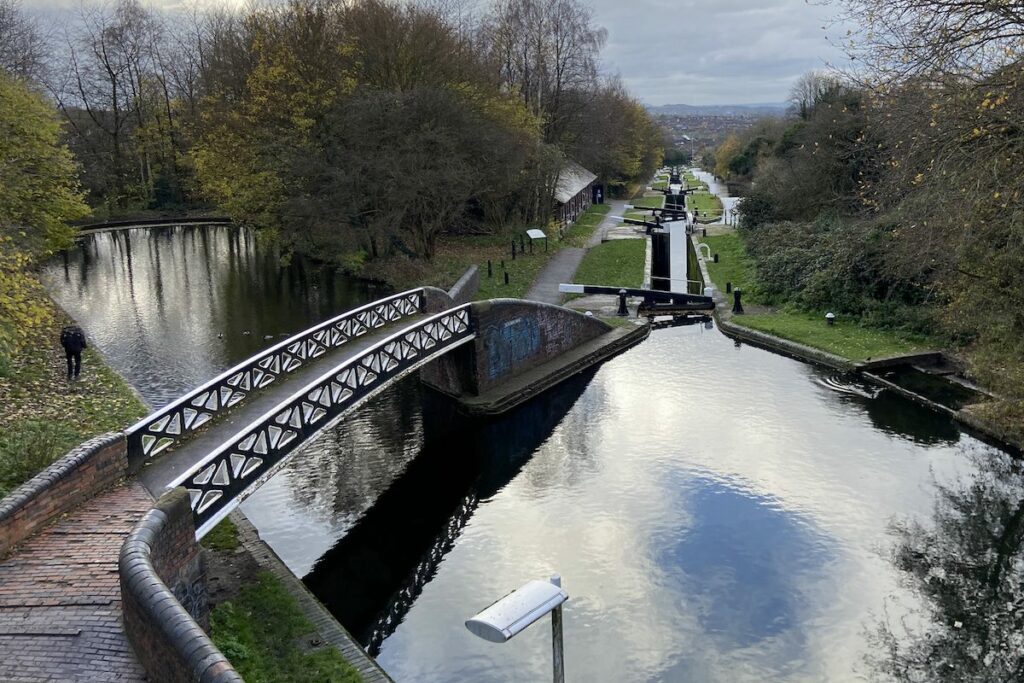
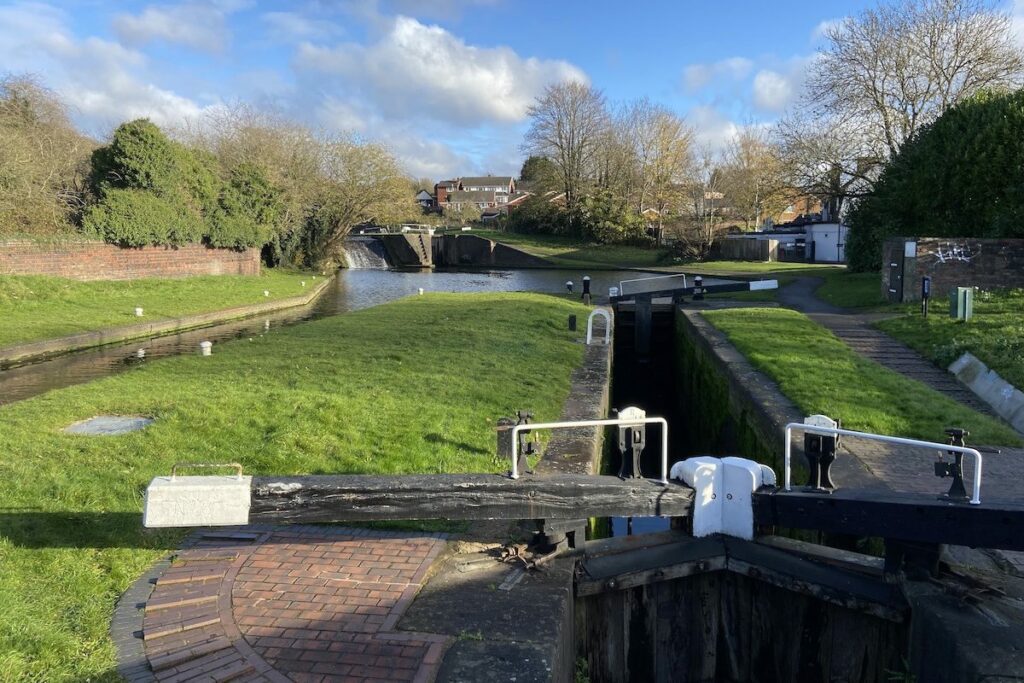
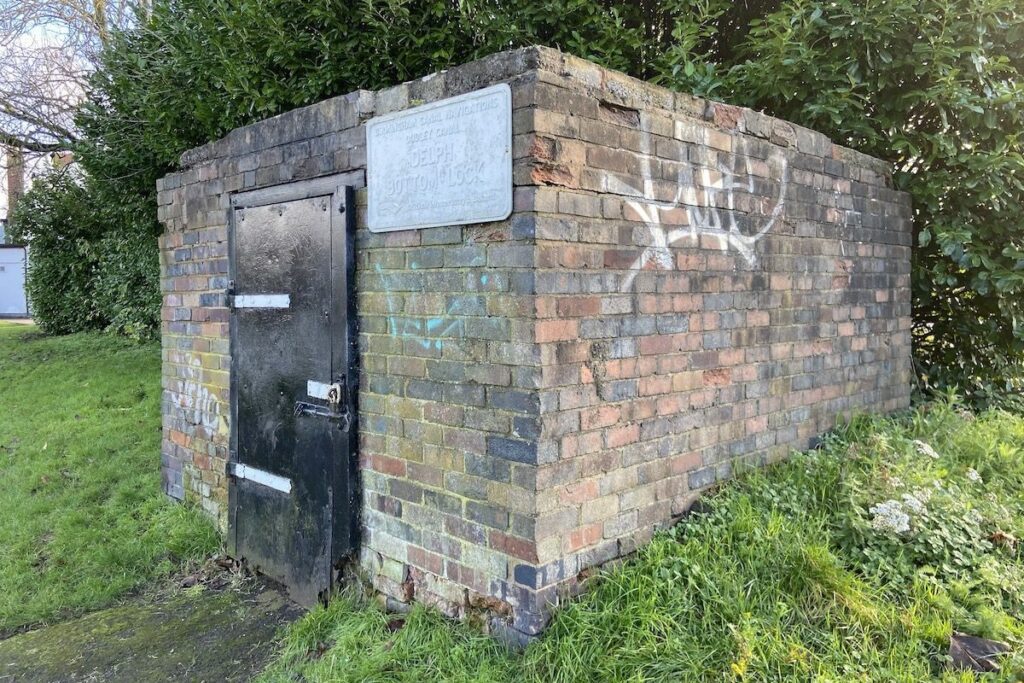
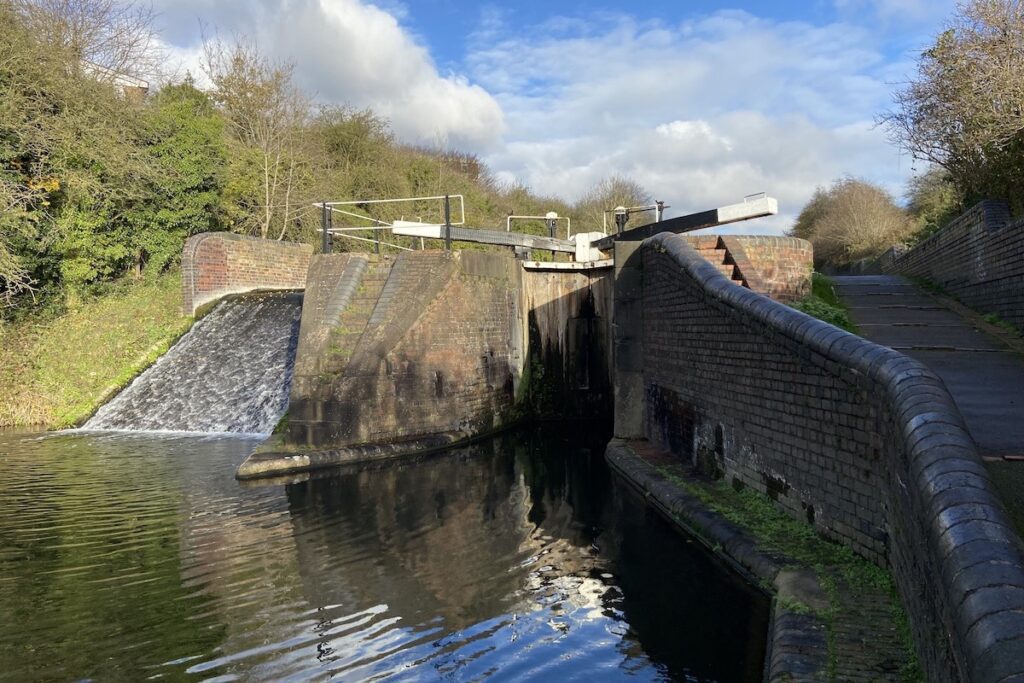
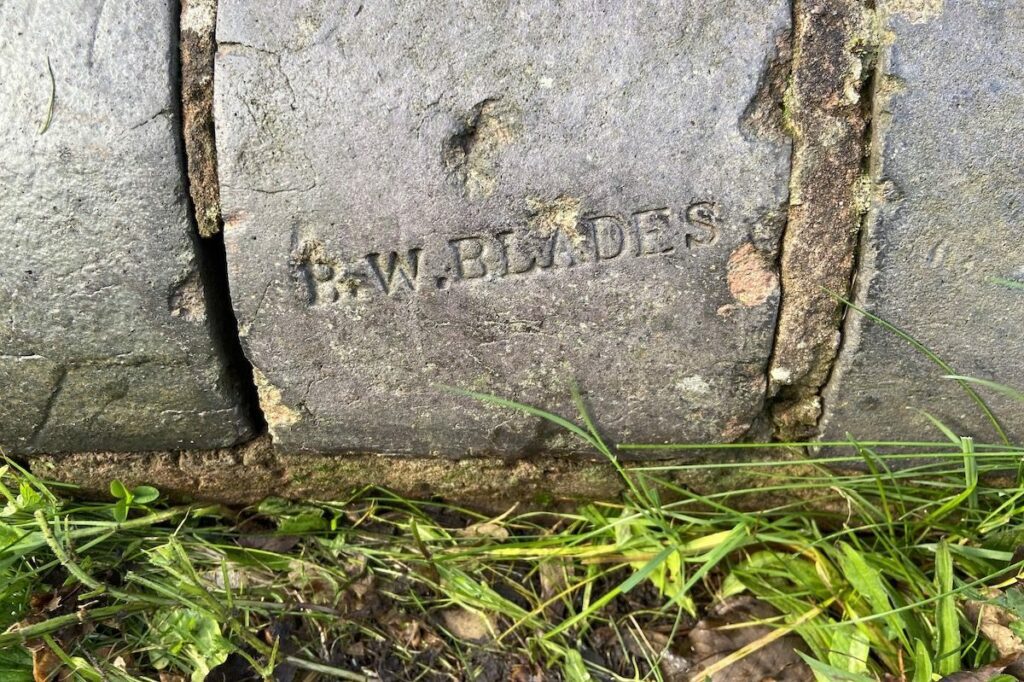

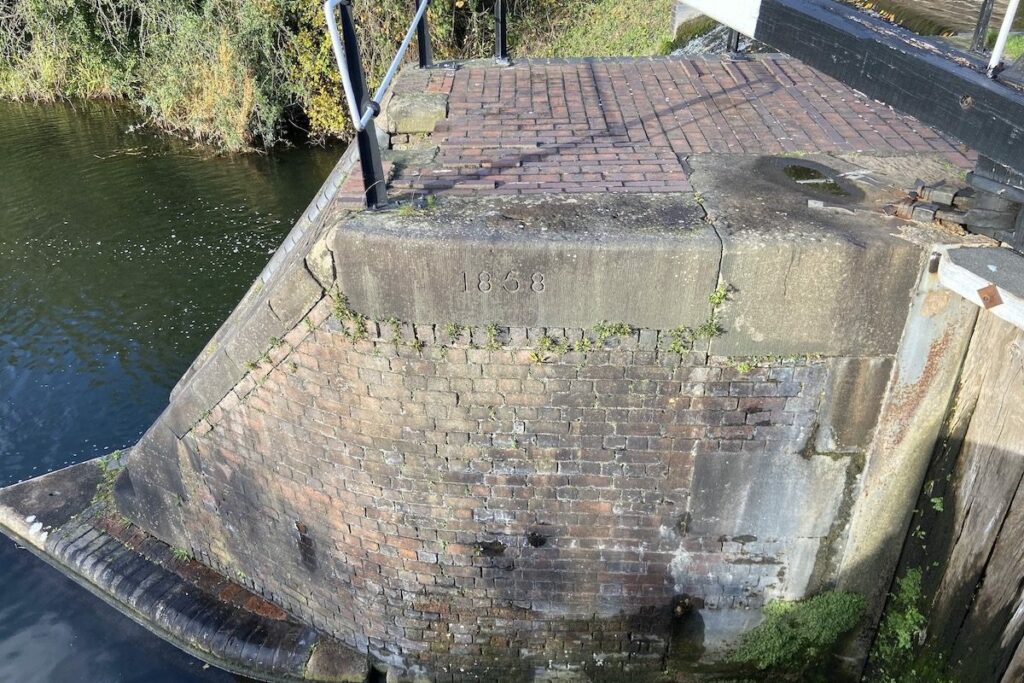
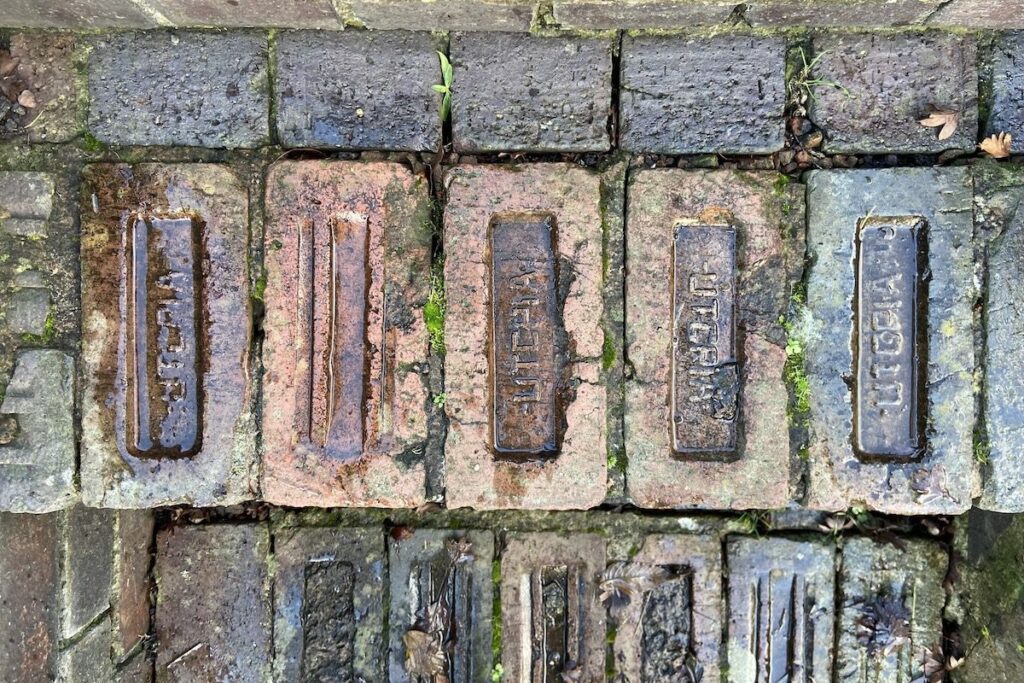
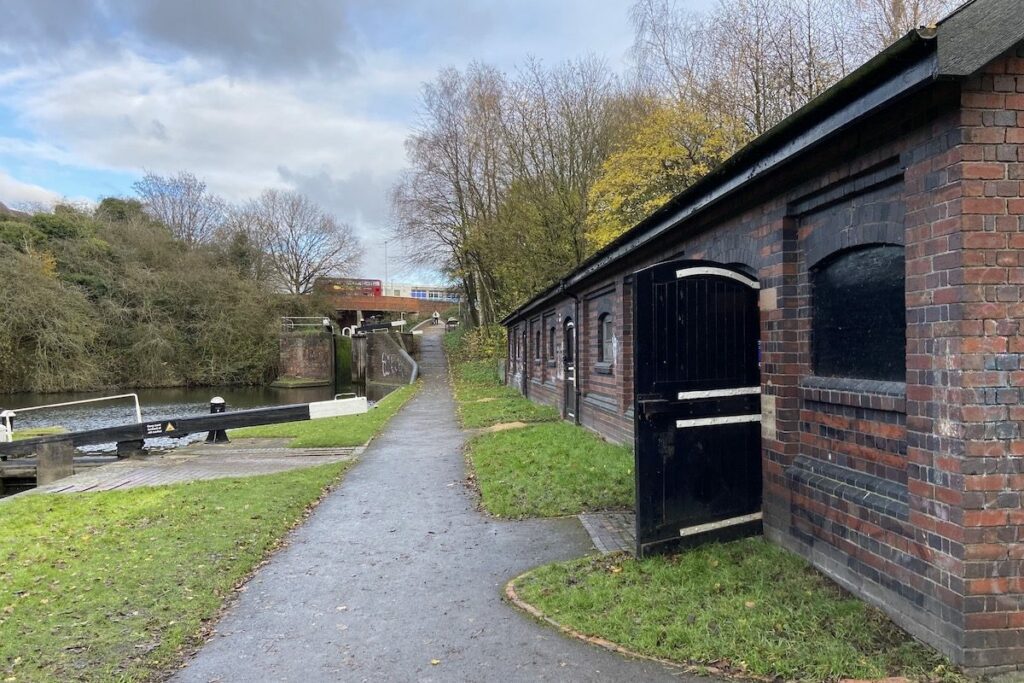
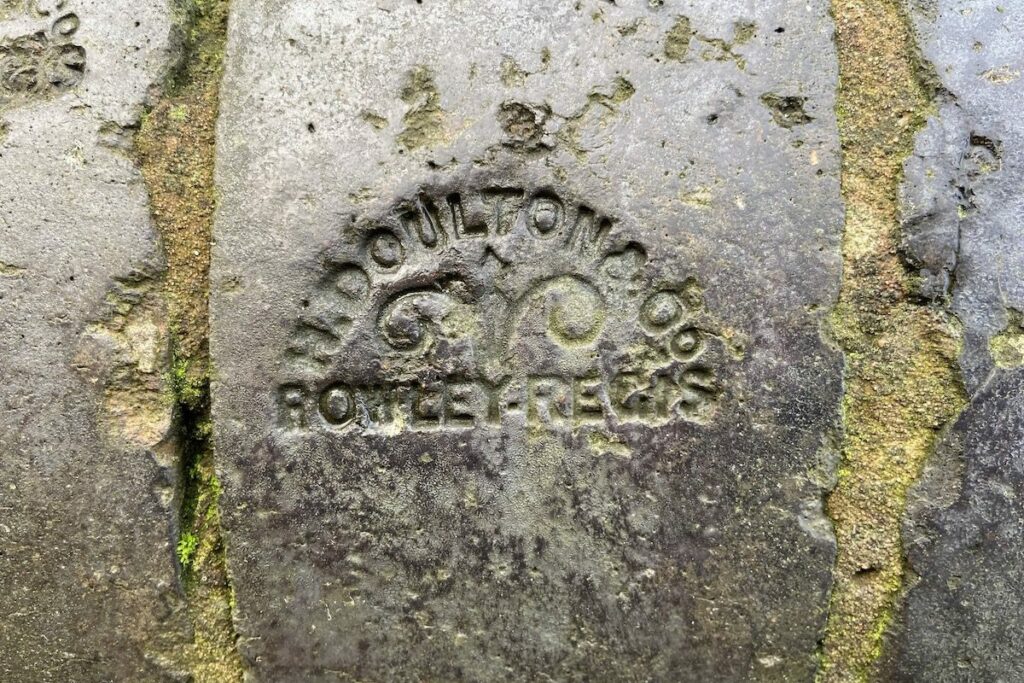
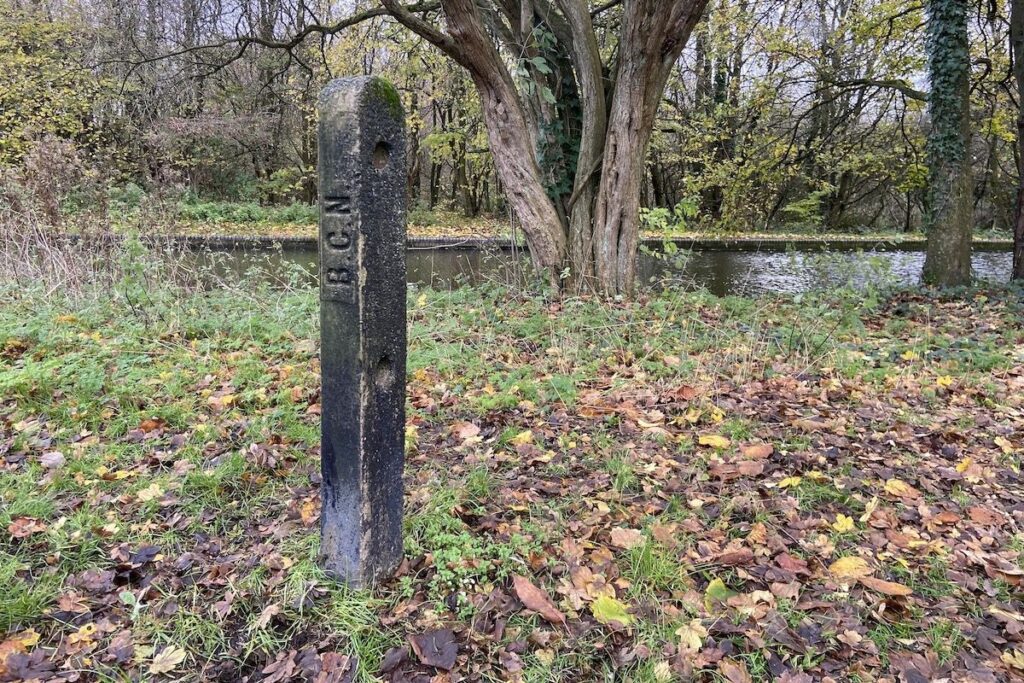
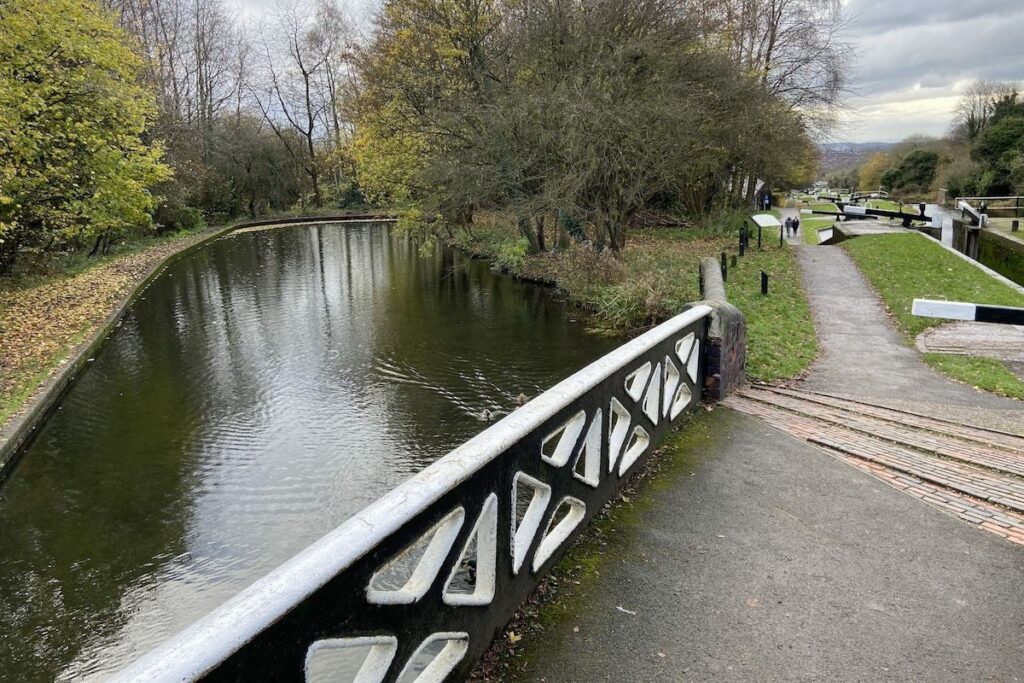
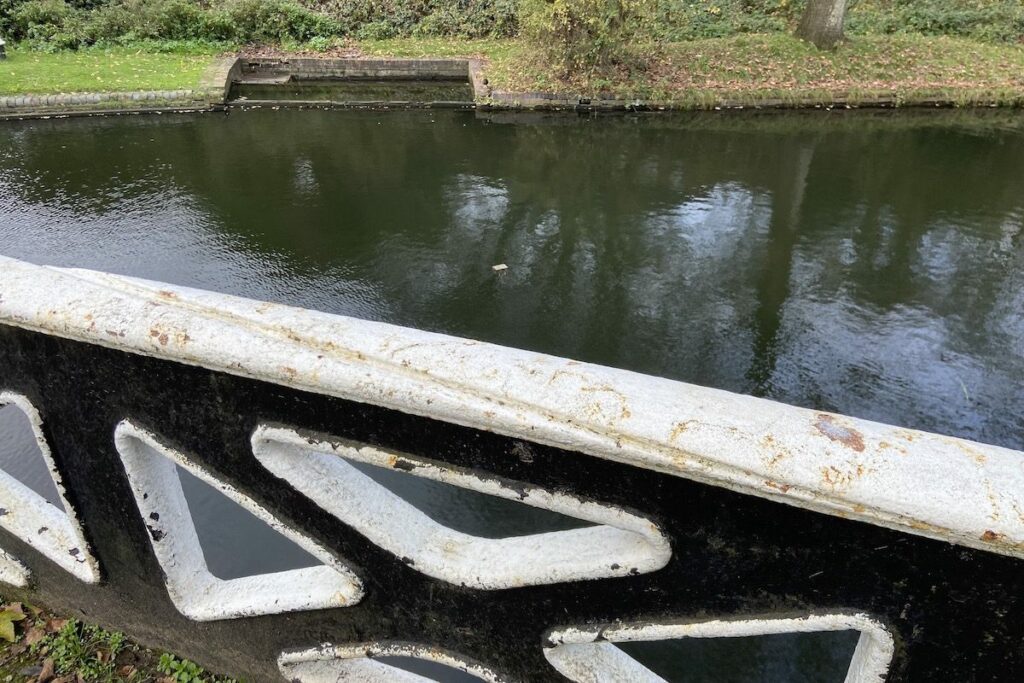
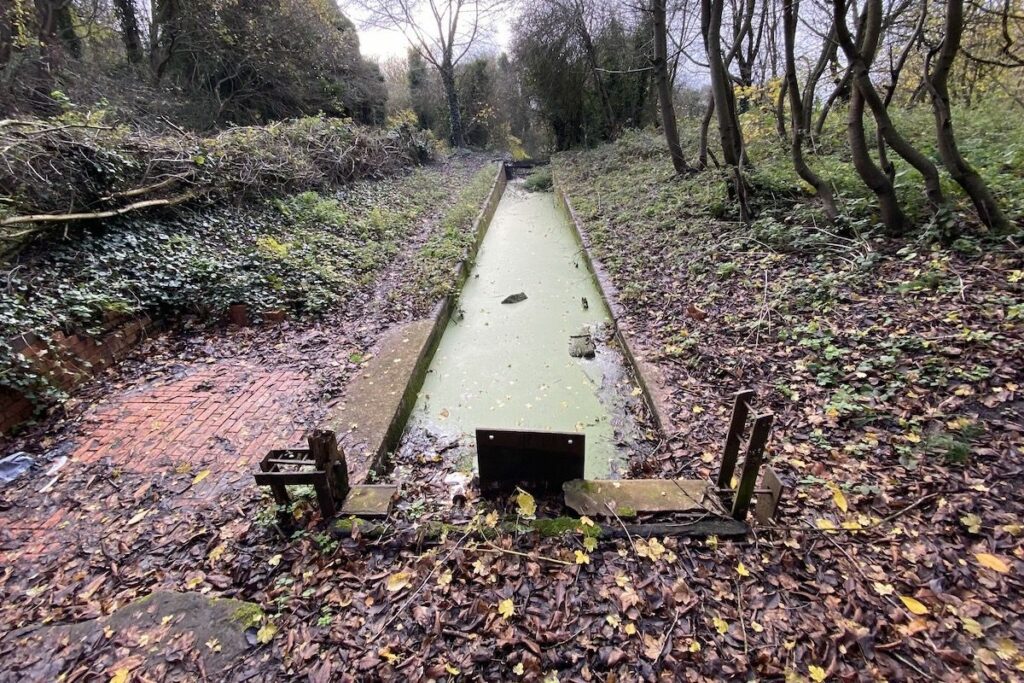
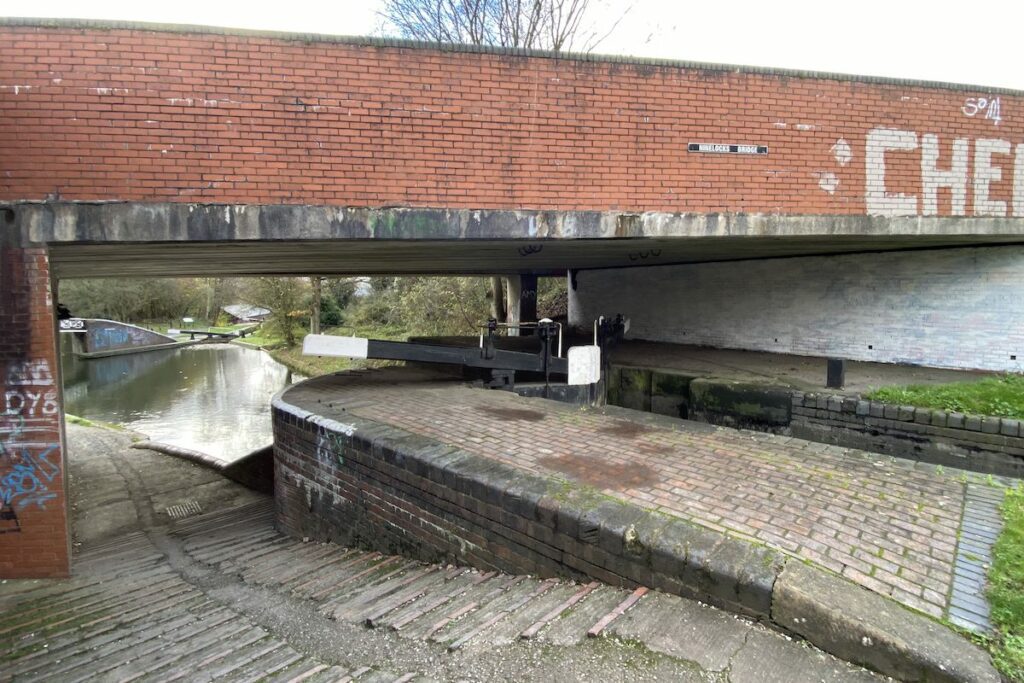
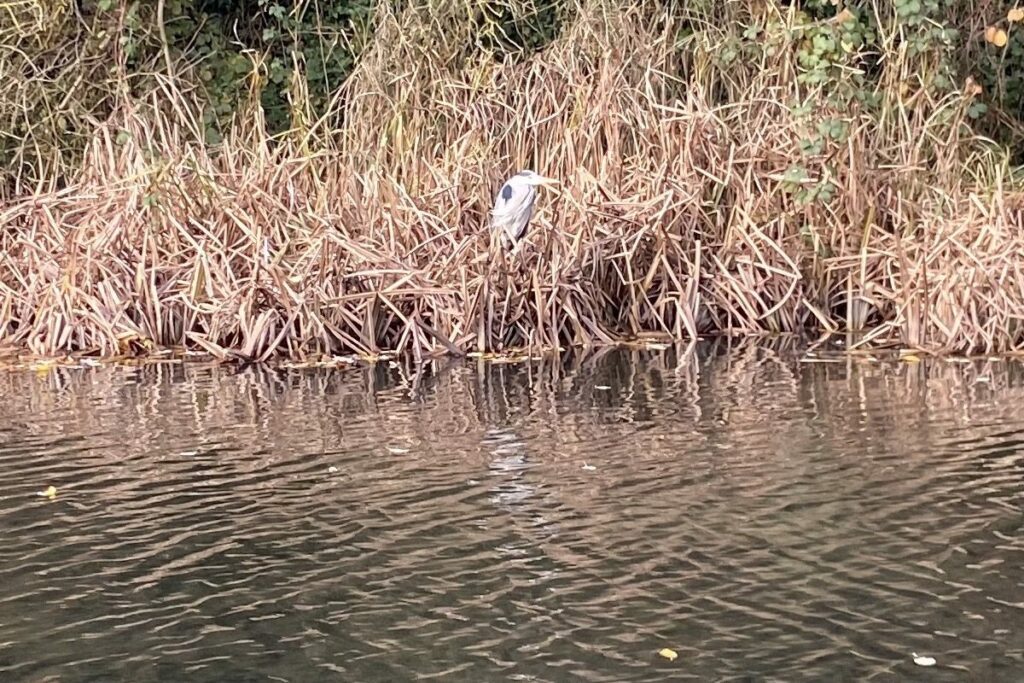
 London Museum of Water & Steam
London Museum of Water & Steam